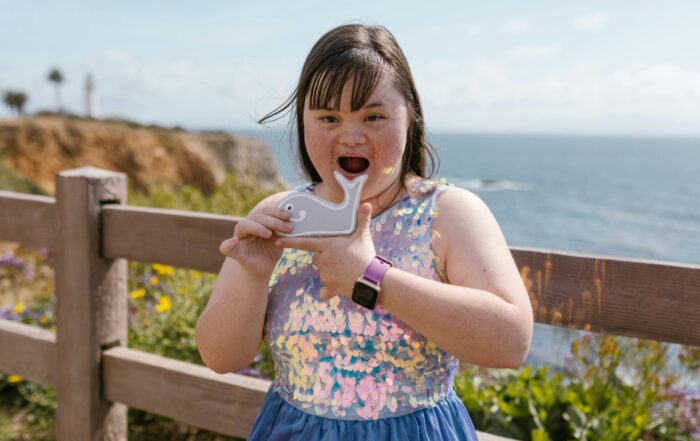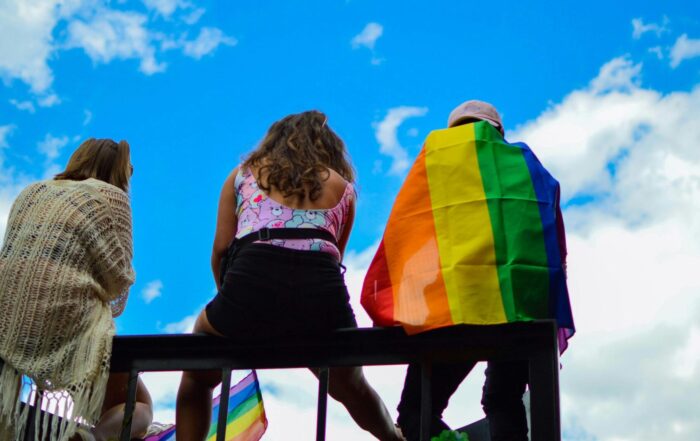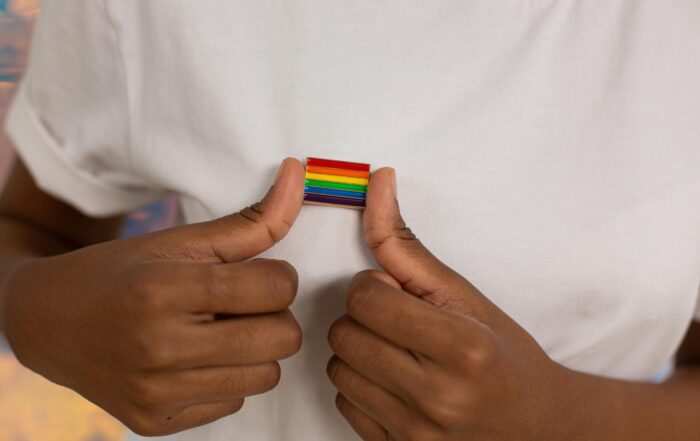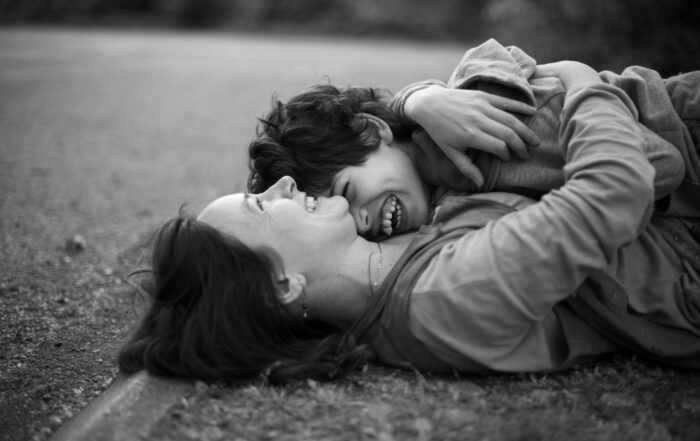
By Deborah R. Huso
EMDR has been successful in treating trauma from childhood abuse in victims and survivors young and old.
With more than 3 million instances of child abuse reported annually in the United States and probably many more cases going unreported, social workers face an often daunting client list of children and adults who are or have been victims of abuse and neglect. Left untreated, these individuals’ chances of leading lives fraught with substance abuse, incarceration, unwanted pregnancies, and future psychological conditions are multiplied by many degrees.
In the last two decades, however, researchers have made major strides in developing methods for treating victims and survivors of child abuse, including therapies that work as well (and in some cases better) with children as with adults. Among the most successful of these treatments is Eye Movement Desensitization and Reprocessing (EMDR), a therapeutic process that uses eye movements, sounds, and repetitive motions to help clients process and come to terms with traumatic memories more quickly than talk therapy alone. And since many children and some adults are unable to verbalize traumatic experiences, EMDR can often provide the breakthrough that more traditional therapies can’t.
Share This Post!
Racial Trauma
By Mental Health America Racial trauma, or race-based traumatic stress (RBTS), refers to the mental and emotional injury caused by encounters with racial bias and ethnic discrimination, racism, and hate crimes. Any [...]
For Children With a Disability, a Higher Risk of Trauma
By Steven Ross Johnson, US News Research released Wednesday by the Centers for Disease Control and Prevention shows a larger share of children with disabilities between 5 and 17 years of age [...]
Stress & Trauma Toolkit for Treating LGBTQ in a Changing Political and Social Environment
By American Psychiatric Association Violence against the LGBTQ community has increased over recent years. In 2016, the Pulse nightclub shooting in Orlando shocked the nation—with a single gunman killing 49 people and [...]
How Organizations Can Support LGBTQ Youth Facing Trauma
By Center on Child Wellbeing & Trauma As an organization that supports children who have experienced trauma, it’s important to remember that every child’s experience is different. Those in the LGBTQ community need [...]
Trauma-Informed Care
By healthcaretoolbox.org A guide for patients and caregivers to advocate for trauma-informed care in all aspects of healthcare. Read Article [...]
After the Trauma: Helping My Child Cope
By The Center for Pediatric Traumatic Stress at Children's Hospital of Philadelphia and Nemours / Alfred I. duPont Hospital for Children A helpful toolbox to assist parents with what they can [...]







